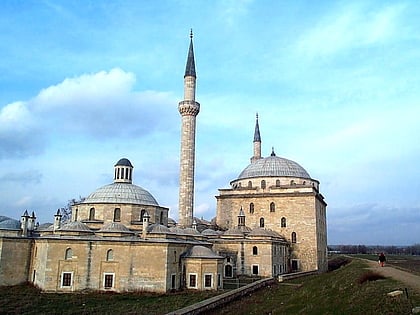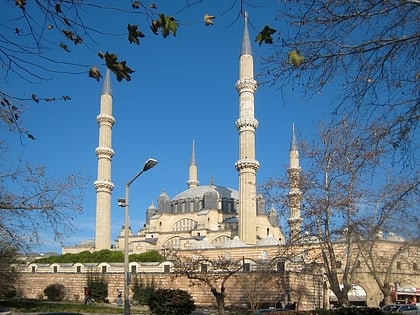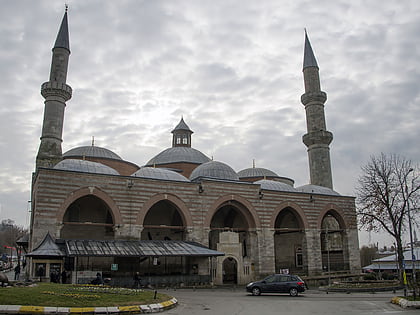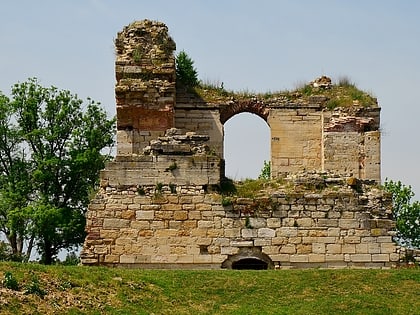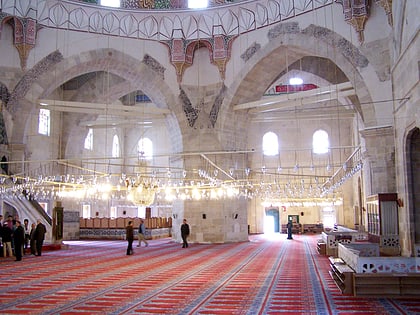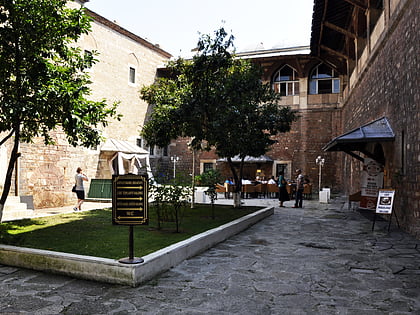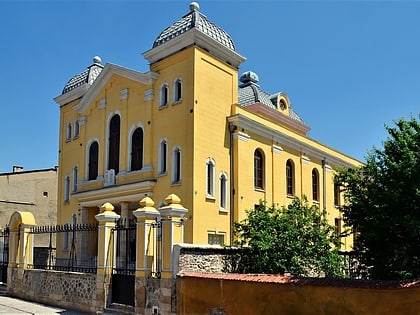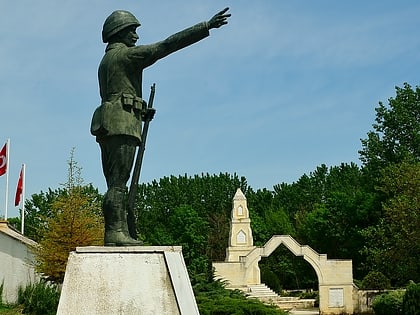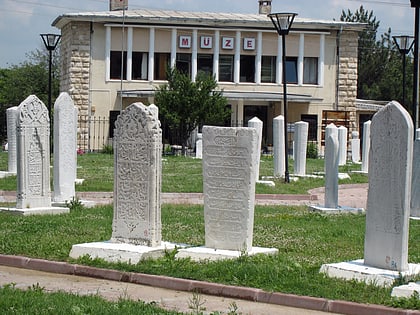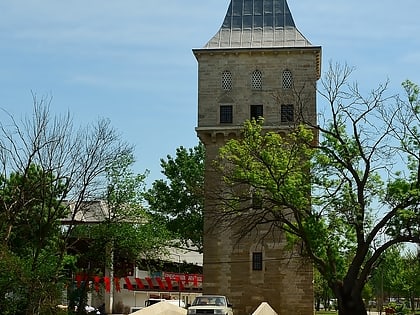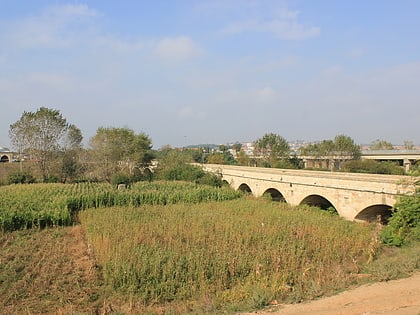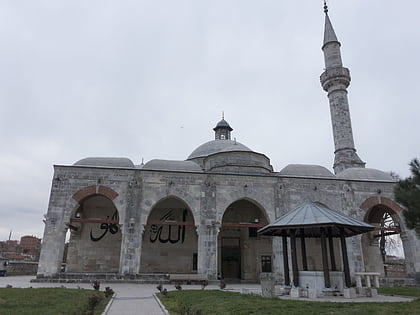Bayezid Camii, Edirne

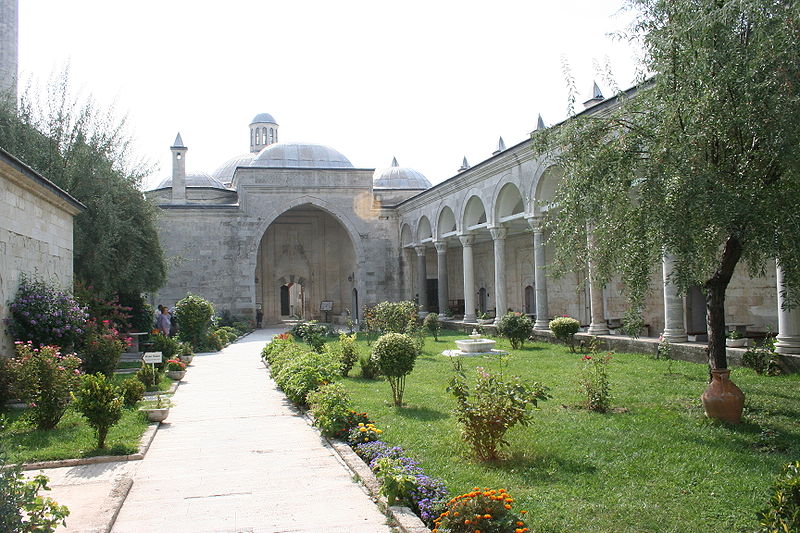
Facts and practical information
The Bayezid Camii, also known as the Bayezid II Mosque, stands as a historic testament to the grandeur of Ottoman architecture in the city of Edirne, Turkey. This majestic mosque was constructed between 1484 and 1488 under the patronage of Sultan Bayezid II, the son of the renowned conqueror Mehmed the Conqueror. Today, it has been repurposed as a museum, inviting visitors from around the globe to witness its splendor and learn about the rich cultural heritage of the region.
The mosque complex is a stunning example of classical Ottoman design, blending intricate Islamic art with the practical elegance of its time. The central dome, supported by an impressive framework of arches and semi-domes, creates a spacious and serene atmosphere within the main prayer hall. The interior is adorned with exquisite calligraphy, geometric patterns, and detailed tile work, which have been remarkably preserved throughout the centuries.
One of the unique features of Bayezid Camii is its integration with a complex that once included a medical school, hospital, and kitchen, which served as a social center for the community. This multifunctional approach was a hallmark of Ottoman public architecture and reflects the empire's investment in social welfare and education.
As a museum, Bayezid Camii offers visitors a chance to explore the historical and artistic significance of the Ottoman Empire. The transformation from mosque to museum has ensured the preservation of this architectural masterpiece, giving it a new life as a cultural institution. The museum not only showcases the mosque itself but also features exhibits that provide insight into the daily life and spiritual practices of the Ottomans.
Bayezid Camii – popular in the area (distance from the attraction)
Nearby attractions include: Selimiye Mosque, Old Mosque, Edirne Palace, Üç Şerefeli Mosque.
